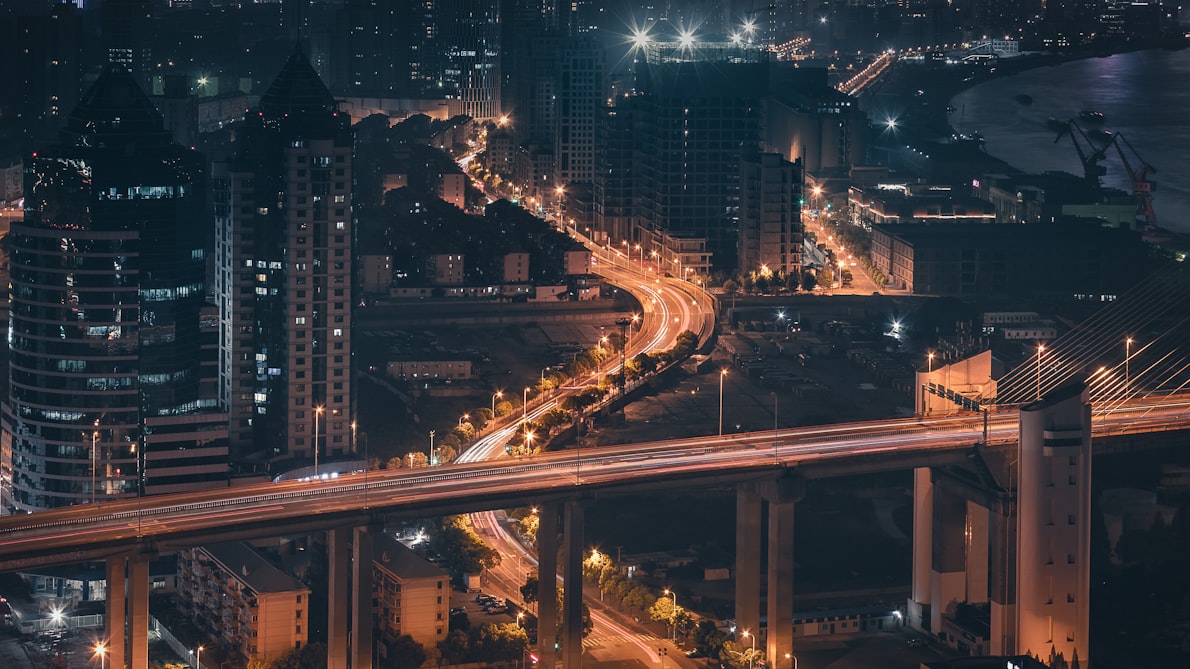What is NO2?
Nitrogen dioxide (NO2) is a gaseous pollutant in the nitrogen oxides (NOx) family, along with nitric oxide (NO). It is characterized by a red-brown colour, a pungent, acrid smell, and a high reactivity.
As one of the major atmospheric pollutants, NO2 is regulated and subject to limit recommendations guidelines from the World Health Organization (WHO). Despite these regulations, NO2 concentrations frequently exceed these limits in many urban regions of the world.
What are the NO2 sources?
The main source of NO2 emissions is the combustion of fossil fuels (coal, natural gas, oil), wood, and other organic matter. In large cities, motor vehicle traffic and domestic heating are the main source of NO2 emissions. Coal-fired power plants, oil refineries, and agricultural activities like crop burning also add to the man-made NO2 production. Apart from human activities, lightning, volcanoes, and wildfires are natural sources of NO2.

Even though NO2 is mainly an outdoor pollutant, it can be a problem indoors as well. For example, gas stoves and wood fires produce substantial amounts of NO2 indoors, and need to be installed with proper ventilation to keep high levels of the gas from building up in the room.
What are the health effects of NO2?
NO2 is a toxic, suffocating, and irritating gas that can penetrate into the lungs. It causes inflammation of our bodies’ airways and lungs, and can also reduce our immunity to lung infections. Longer exposure to NO2 has also been proven to reduce lung capacity. NO2 exposure can increase asthma attack frequency, and those suffering from the condition, along with the elderly and young children, are considered to be at a higher risk of suffering from NO2 exposure.
What is NO2 pollution?
In urban areas, nitrogen dioxide pollution episodes often occur in the winter, and are generally associated with particular weather conditions that trap emissions near to the ground and prevent dispersion. Over the course of a day (24 hours) spikes in NO2 levels are generally observed during peak traffic hours.
NO2 is also a primary pollutant involved in tropospheric ozone production when sunlight triggers its photolysis, thus contributing to the creation of smog. In the atmosphere, nitrogen dioxide also transforms into nitric acid that falls to the ground in the form of acid rains - contributing to the acidification of natural environments. NO2 is also responsible for the formation of nitrate aerosols (particulate matter). For example, when it combines with fertilizer emissions from the agricultural industry.
NO2 emissions levels have been following a weak downward trend since the mid-90’s in Europe and North America. This is due to emission reduction strategies targeting coal power plants and other industries, but also to the progressive renewal of vehicle fleets with improved engine designs and generalisation of catalytic converters.

.jpg)



 (1).jpg)
.jpg)
.png)
.png)